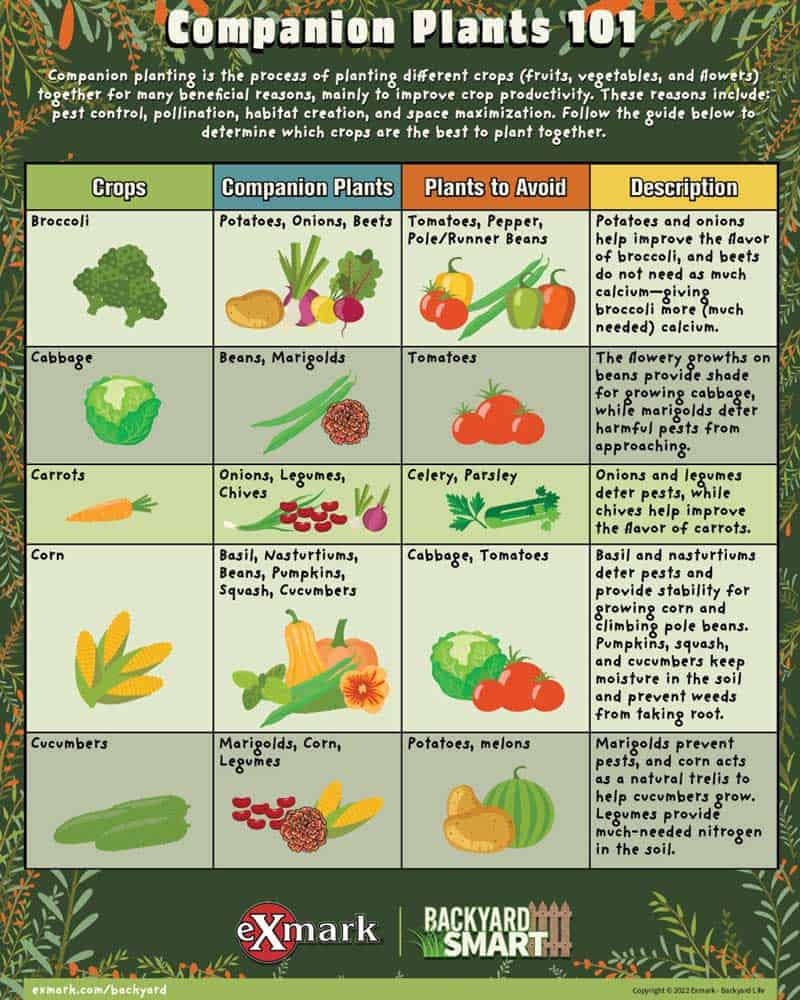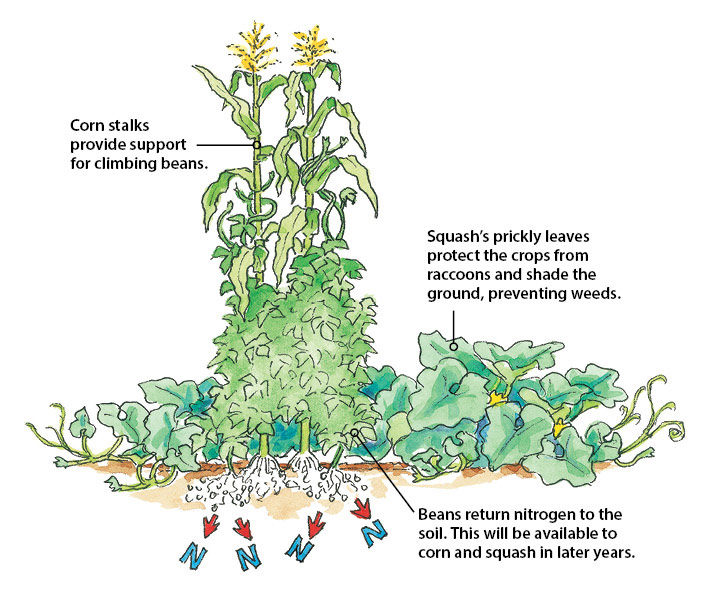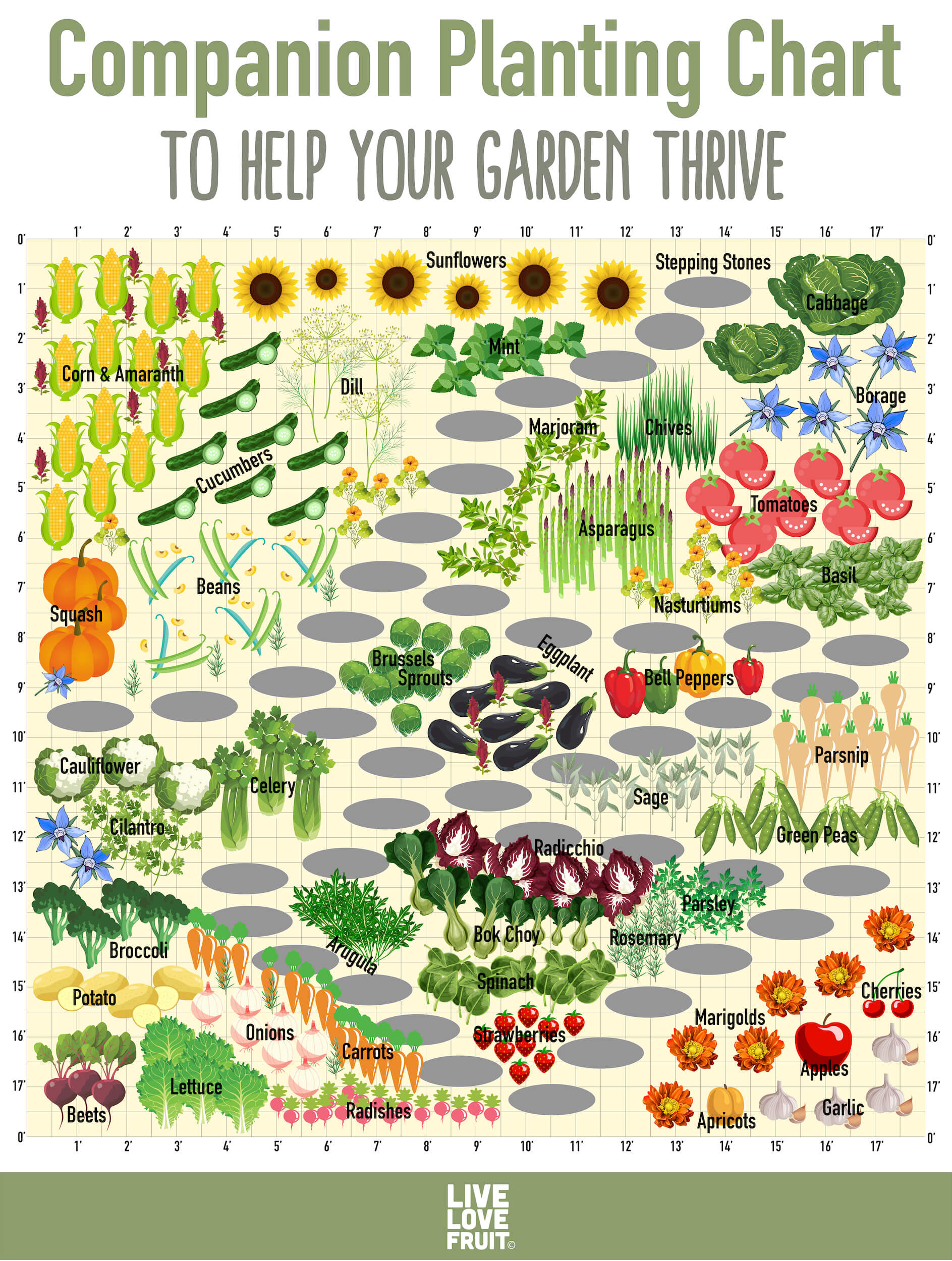Unlocking the Secrets of Vegetable Pairing
Companion planting, the practice of growing different vegetables together, is a simple yet powerful technique for creating a thriving garden ecosystem. By understanding what vegetables to plant next to each other, gardeners can improve growth, reduce pests, and increase yields. This ancient practice has been used for centuries to create harmonious and balanced gardens, where each plant benefits from the unique characteristics of its neighbors. For instance, some vegetables repel pests that can damage other plants, while others attract beneficial insects that help with pollination. By carefully selecting which vegetables to plant together, gardeners can create a garden that is more resilient, productive, and beautiful. Whether you’re a seasoned gardener or just starting out, learning what vegetables to plant next to each other can make all the difference in achieving a successful harvest.
Understanding Vegetable Personalities: The Good, the Bad, and the Ugly
Just like people, vegetables have unique personalities that can affect how well they grow and thrive when planted next to each other. Some vegetables are natural friends, while others are sworn enemies. Understanding these personalities is key to creating a harmonious and productive garden. For example, tomatoes and basil are a classic combination, with the basil repelling pests that target tomatoes and adding flavor to tomato dishes. On the other hand, planting onions and beans together can be disastrous, as the onions can stunt the growth of the beans. By recognizing which vegetables get along and which don’t, gardeners can create a garden that is more resilient and productive. Neutral vegetables, like carrots and lettuce, can be planted with a variety of companions, making them a great addition to any garden. By understanding the different personalities of vegetables, gardeners can make informed decisions about what vegetables to plant next to each other, creating a thriving and balanced garden ecosystem.
How to Create a Balanced Vegetable Garden Layout
Designing a balanced vegetable garden layout is crucial for creating a thriving and harmonious garden ecosystem. When deciding what vegetables to plant next to each other, it’s essential to consider their growing requirements and space needs. For instance, vegetables that require full sun, such as tomatoes and peppers, should be planted in areas that receive at least six hours of direct sunlight. Vegetables that prefer partial shade, like lettuce and spinach, can be planted in areas that receive indirect sunlight. Soil type and air circulation are also critical factors to consider. Vegetables that prefer well-draining soil, like carrots and radishes, should be planted in raised beds or containers with good drainage. Vegetables that prefer moist soil, like cucumbers and squash, can be planted in areas with consistent moisture. By grouping vegetables by their growing requirements and space needs, gardeners can create a balanced and productive garden. Additionally, considering the mature size of each vegetable can help prevent overcrowding and ensure that each plant receives the necessary air circulation and sunlight. By taking these factors into account, gardeners can create a garden layout that is both aesthetically pleasing and productive.
The Power of the “Three Sisters”: A Classic Companion Planting Technique
The “Three Sisters” method is a traditional companion planting technique that has been used for centuries to create a thriving and productive garden ecosystem. This technique involves planting corn, beans, and squash together, taking advantage of their unique growing requirements and space needs. The corn provides a structure for the beans to climb, while the beans fix nitrogen in the soil, benefiting the corn and squash. The squash spreads its large leaves, shading the soil and preventing weeds from growing, which reduces competition for water and nutrients. This symbiotic relationship between the three sisters results in improved soil fertility, reduced pests, and increased yields. By understanding how to pair vegetables like the three sisters, gardeners can create a harmonious and productive garden, where each plant benefits from the others. This technique is a great example of what vegetables to plant next to each other to achieve a balanced and thriving garden ecosystem. By applying this principle to other vegetable pairings, gardeners can create a garden that is not only productive but also aesthetically pleasing.
Vegetable Pairing Strategies for Common Garden Problems
One of the most significant benefits of companion planting is its ability to mitigate common garden problems, such as pests, diseases, and nutrient deficiencies. By understanding what vegetables to plant next to each other, gardeners can create a harmonious and balanced garden ecosystem that is less susceptible to these issues. For example, planting marigolds with tomatoes can help deter nematodes, which can cause significant damage to tomato plants. Similarly, planting basil with tomatoes can improve their flavor and repel pests like whiteflies and aphids. Planting beans with carrots can help to repel the carrot fly, while planting onions with cucumbers can help to repel the cucumber beetle. By pairing vegetables strategically, gardeners can reduce their reliance on pesticides and other chemicals, creating a more sustainable and environmentally friendly garden. Additionally, companion planting can help to improve soil health, increase biodiversity, and promote ecological balance. By understanding the specific needs and challenges of each vegetable, gardeners can create a customized companion planting strategy that addresses their unique garden problems.
The Benefits of Planting Marigolds and Nasturtiums in Your Vegetable Garden
When it comes to creating a harmonious and thriving vegetable garden, marigolds and nasturtiums are two flowers that should not be overlooked. These colorful blooms offer a range of benefits that can enhance the health and productivity of your vegetable garden. One of the primary advantages of planting marigolds and nasturtiums is their ability to repel pests. Marigolds, for example, are known to deter nematodes, whiteflies, and aphids, while nasturtiums can repel aphids, whiteflies, and other pests. By planting these flowers alongside your vegetables, you can reduce the risk of pest damage and create a more balanced ecosystem. Additionally, marigolds and nasturtiums attract beneficial insects, such as bees and butterflies, which can help to pollinate your vegetables and promote healthy growth. They also add a pop of color and vibrancy to the garden, making it a more enjoyable and inviting space. When deciding what vegetables to plant next to each other, consider incorporating marigolds and nasturtiums into your companion planting strategy. They can be planted alongside a variety of vegetables, including tomatoes, cucumbers, and carrots, and can help to create a thriving and harmonious garden ecosystem.
Companion Planting for Specific Vegetables: Tomatoes, Cucumbers, and More
When it comes to designing a companion planting strategy, it’s essential to consider the specific needs and requirements of each vegetable. By understanding what vegetables to plant next to each other, gardeners can create a harmonious and thriving garden ecosystem. For example, tomatoes benefit from being planted alongside basil, which can improve their flavor and repel pests like whiteflies and aphids. On the other hand, tomatoes should be kept away from cabbage and broccoli, which can compete with them for water and nutrients. Cucumbers, which are prone to pests like aphids and spider mites, can be paired with dill, which can help to repel these pests. Carrots, which are susceptible to pests like carrot flies, can be planted alongside sage, which can help to repel these pests. Beans, which are often attacked by pests like aphids and spider mites, can be paired with marigolds, which can help to repel these pests. By understanding the specific needs and requirements of each vegetable, gardeners can create a customized companion planting strategy that promotes healthy growth and reduces the risk of pests and diseases. By considering what vegetables to plant next to each other, gardeners can create a thriving and harmonious garden ecosystem that is less reliant on pesticides and other chemicals.
Putting it all Together: Creating a Thriving Vegetable Garden
By now, it’s clear that companion planting is a powerful tool for creating a thriving and harmonious vegetable garden. By understanding what vegetables to plant next to each other, gardeners can unlock the secrets of improved growth, reduced pests, and increased yields. To create a balanced and productive garden, it’s essential to consider the unique personalities, growing requirements, and space needs of each vegetable. By grouping vegetables by their growing requirements and space needs, gardeners can create a layout that promotes healthy growth and reduces the risk of pests and diseases. Additionally, incorporating flowers like marigolds and nasturtiums can add an extra layer of protection and beauty to the garden. By experimenting with different companion planting strategies and finding what works best for their specific garden, gardeners can create a thriving and harmonious ecosystem that is less reliant on pesticides and other chemicals. Remember, the key to success lies in understanding what vegetables to plant next to each other and creating a balanced and harmonious garden ecosystem. With a little creativity and experimentation, gardeners can unlock the full potential of their vegetable garden and enjoy a bountiful harvest.





